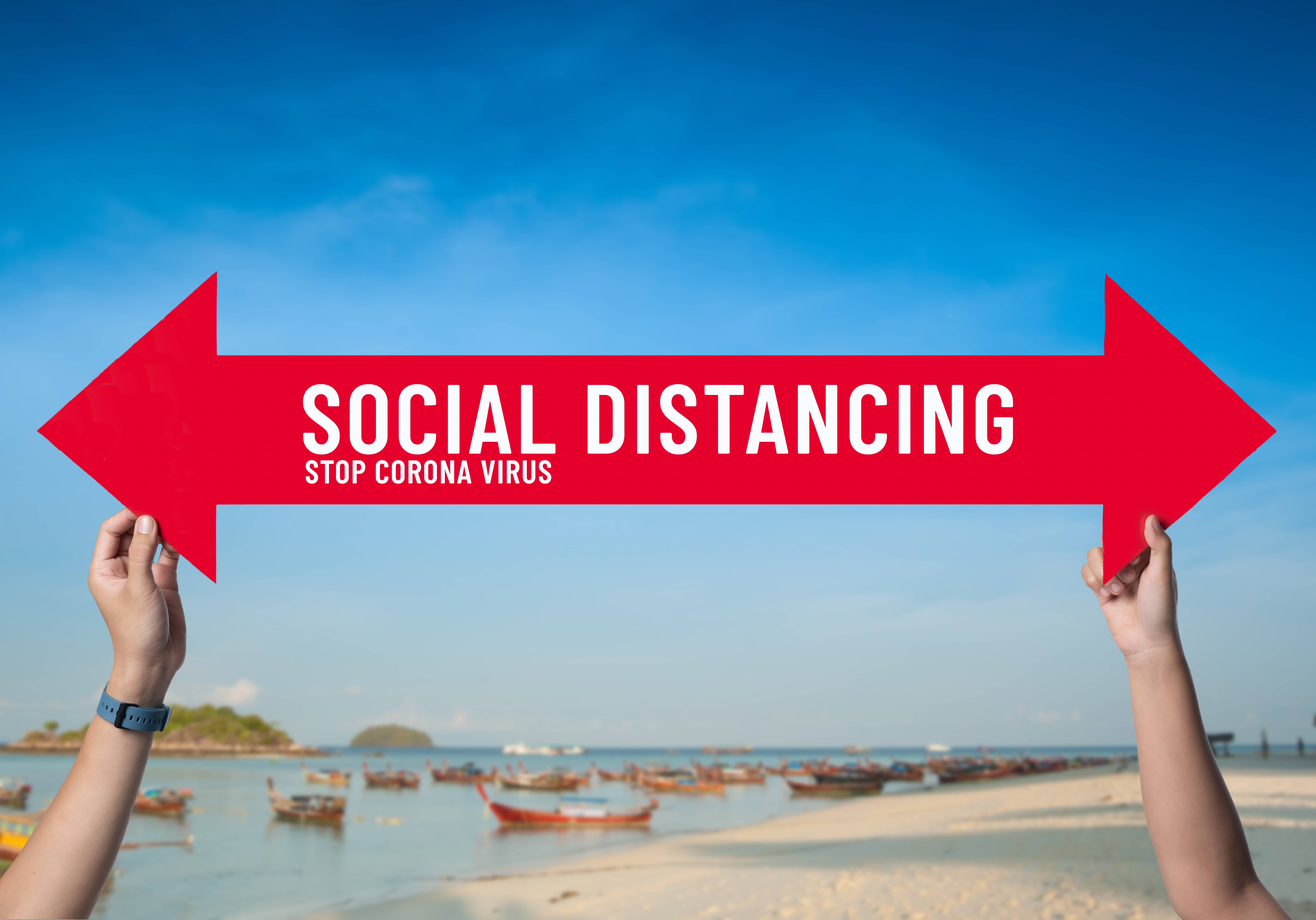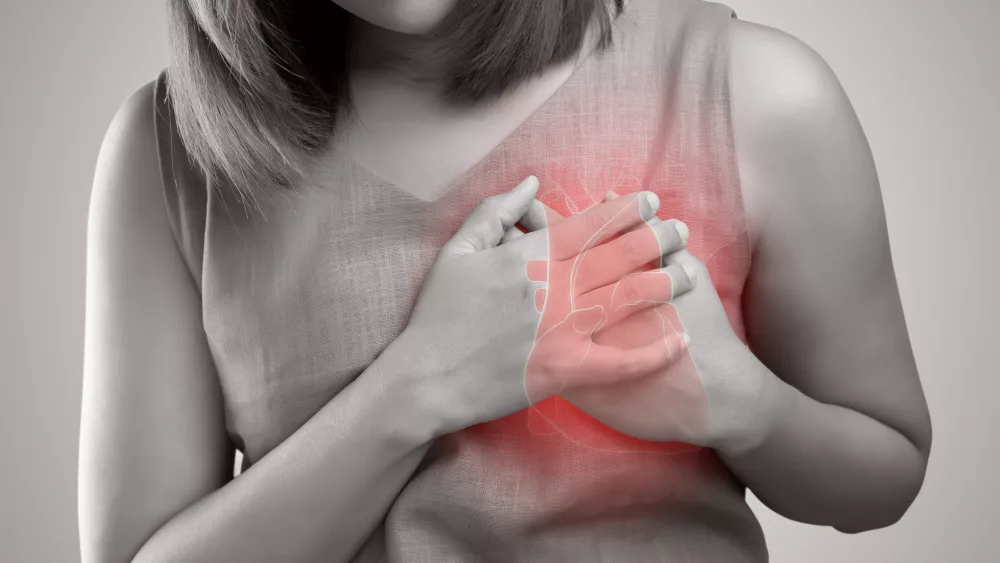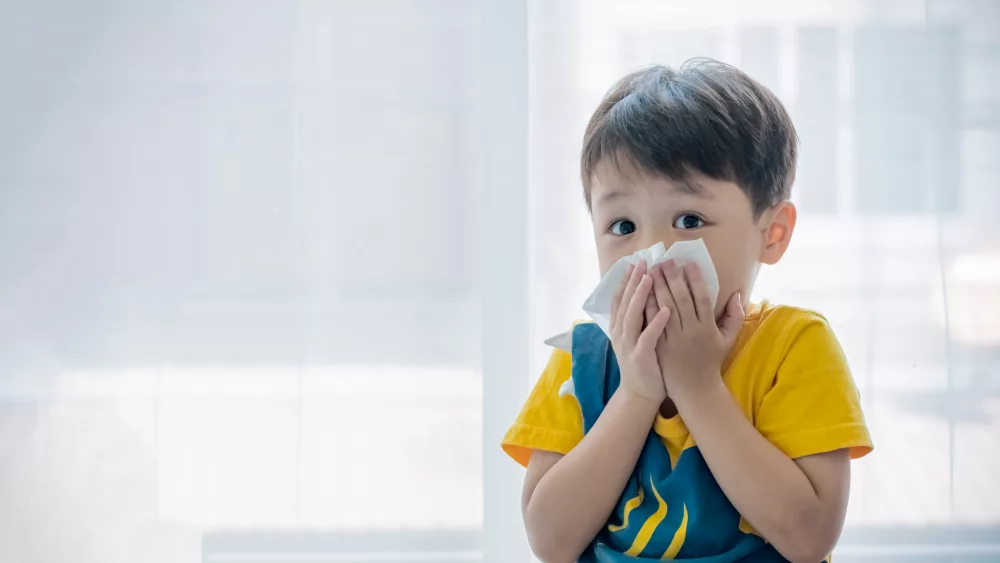
Seventeen-year-old Jackson was sitting on his lawn, wearing a mask and talking with his friends. One friend sat in his car in the driveway, while my son sat in his car on the curbside with the window rolled down. The three masked boys, who will soon begin their senior year, were social distancing, but still spending time together.
Jackson was in contact with a friend of a friend who had tested positive for COVID-19. As he waited patiently for the health department to provide his test results, his friends visited faithfully by the curbside and driveway, day after day, keeping him company during their long pandemic summer break.
In the age of digital technology, the pandemic has underscored just how much we all value human contact. This is distance learning—though you may not think of it that way since it’s not something you learn in a textbook or from a Zoom lecture. But these young boys, soon to step into adulthood, are learning important life lessons—how to be a good friend and support each other during a crisis; how to be socially responsible to each other, to their families and ultimately to the community.
There is scientific evidence to back up what these three teenagers are doing: socializing outdoors, wearing masks and sitting far apart from each other. A recent UC Davis study shows that wearing masks not only helps prevent people from spreading the COVID-19 virus, it also protects them. In fact, wearing a mask decreases your risk of infection by 65 percent.
How the virus spreads
Transmission of the virus occurs primarily through droplets and aerosol particles, which we expel when we breathe, talk, sing, cough, sneeze, run or walk. These droplets, consisting of mucus and saliva, are expelled from our upper respiratory tract. Droplets vary in size and can be as small as one-third the size of human hair and can take up to one-half a second to fall to a surface. A mask serves as a barrier from these droplets.
Social distancing can act as our barrier against aerosol particles. Aerosol is a gaseous particle of liquid or solid floating in the air. These particles can contain water, smoke or even coronavirus containing saliva. Aerosol particles tend to stay suspended in the air longer than droplets and are 1 percent of the size of human hair. Fog, mist, dust are natural examples of aerosol. Studies in labs show that aerosol can stay suspended in air for hours. Being outdoors and having good airflow helps disperse potential virus-filled particles and reduce transmission. Aerosol particles are so small that they can travel. If you can smell someone’s fragrance or an aroma, for example, the particle has reached your respiratory tract. Therefore, adequate ventilation is very important for indoor interactions.
If you saw a friend in an indoor setting such as your home or a grocery store and have a prolonged conversation staying 6 feet apart, your risk can still be elevated. Prolonged contact can allow you to be exposed to the other’s droplets and aerosol particles. If you walk quickly by an affected person in a grocery store, it’s unlikely you’ll be infected.
Knowing these facts has brought so many of us to the outdoors. We’re having conversations in our front yards with neighbors and friends. People sit in their driveways in lawn chairs with a cooler of cold drinks to socialize. Adults and children are biking in neighborhood streets. Multi-generational family members are walking the streets with strollers and walkers.
We’re also reaching out to people. Some of my elderly patients tell me that their younger neighbors have offered to go shopping or run errands for them. Others tell me that they have more contact with their family now during the pandemic than they have in the past.
Many of us are now transitioning from sheltering and Zoom-ing to expanding our pandemic bubble. Many of us are expanding this sterile bubble to include equally- responsible individuals who wear facial coverings, regularly wash their hands with soap and water and avoid crowds. We’re having backyard socials where we bring our own appetizers and wine glasses.
Balancing health, family and friends
As the pandemic continues, safeguarding your emotional well-being, as well as that of your children and parents is challenging. Balancing our emotional need for human contact, while taking into consideration the science of transmission, can allow us to make decisions that are meaningful to each of us. This pandemic has simplified our lives and brought to the forefront what is important to us—health, family, friends and neighbors. This gives us the tools we need to weather this storm. Our future is secure in the hands of young adults like Jackson and his friends, who are growing up and incorporating science to guide their behaviors.
Author
-

Rajina Ranadive, M.D., is a board certified internal medicine physician with the St. Joseph’s Medical Group. She is also the medical director of the Petaluma Post-Acute Rehab. She can be reached at (707) 763-0802.
View all posts



